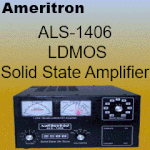Loss of two meter simplex frequencies IMMINENT in Texas!
Discussion in 'Amateur Radio News' started by WX5VHF, Jul 19, 2011.
- Thread Status:
- Not open for further replies.
Page 1 of 22
Page 1 of 22
- Thread Status:
- Not open for further replies.










